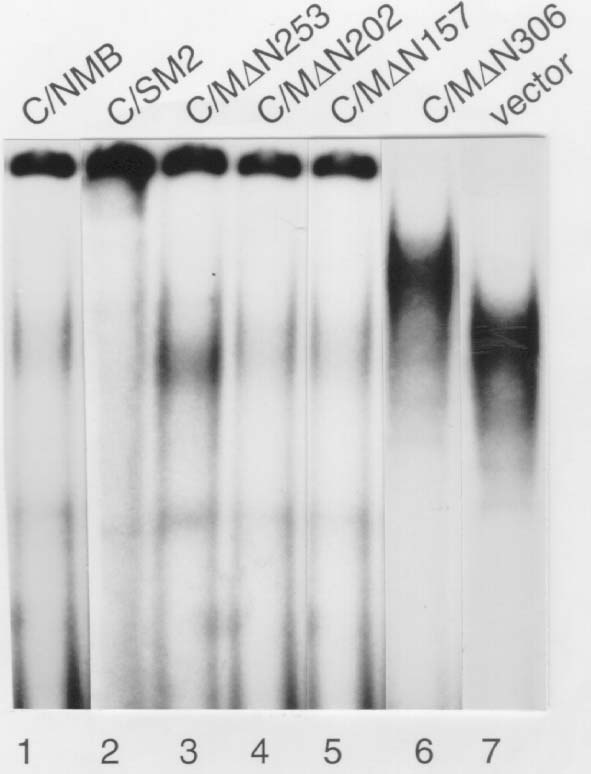|
|
Tools - Data Imaging
ORI "Forensic Images Samples" for the quick examination of scientific images.
SAMPLES
Some Important Principles to Remember:
- Forensically, you can only "de-authenticate" an image (i.e., show that it has discrepancies).
- Authentication of a scientific image requires access to the original data.
- The identification of a discrepancy is only the allegation, and it does not by itself demonstrate an intentional falsification of data.
- The interpretation as to whether any image manipulation is serious requires familiarity with the experiment(s) and imaging instruments.
- Each Forensic Droplet or Forensic Action represents only a ‘‘first order' examination. They are not full-proof, but use of another may reveal something not shown by the first.
- The quality of the results depends on the resolution of the image, and the degree to which it has (not) been compressed, a process that can add artifactual "blocks" to otherwise continuous features. (See Test Pattern)
Falsified Images from Closed ORI Cases
To save images to your computer:
1. Click thumbnail to load larger image.
2. Right click on larger image.
3. Select Save Picture As... option.
» Background - (Photograph)
- How can you show that three lanes are the
same data? |

|
» Band Detail - (Photograph)
- What evidence proves the 67 kDa band is the
same data as the 32 kDa band? |

|
» Background - Western
- Which data have been fabricated - and how?
- Hint, look at what's missing. |

Click for larger image.
|
» Band Detail - JBC 2B
- Do some bands look strange?
- Are some the same? |

Click for larger image.
|
» Dark Areas -Grant Figure
- Can you see what's really there? |

Click for larger image.
|
» Overlap Fig A vs Fig B
- Are these images from the same section? |
Fig A

Click for larger image. |
Fig B

Click for larger image.
|
» PowerPoint Slide vs "Data"
- How are these "Southern blots"
the same?
- How do they differ?
|
Slide

Click for larger image.
|
"Data"

Click for larger image.
|
» Erasures - Film
- What evidence indicates that this "mouse"
had feathers?
- Hint, first separating by hue will improve
quality of the enhanced results.
|

Click for larger image.
|
Forensic-Test Patterns
Test images with defined features are of use when trying a new
processing routine, to explore whether the absence or presence of a feature
(i.e., a false negative or a false positive) is not a possible artifact introduced
by the routine, by the printer, or by photocopying.
The following are some trial versions.
| » Radial Resolution & Aliasing Image |

Click for larger image.
|
» Weak Background: Duplicated & Copied Regions with Edges
- Can you find the copied regions?
|

Click for larger image.
|
|
» Areas of Strong & Weak Contrast
|

Click for larger image.
|
|






